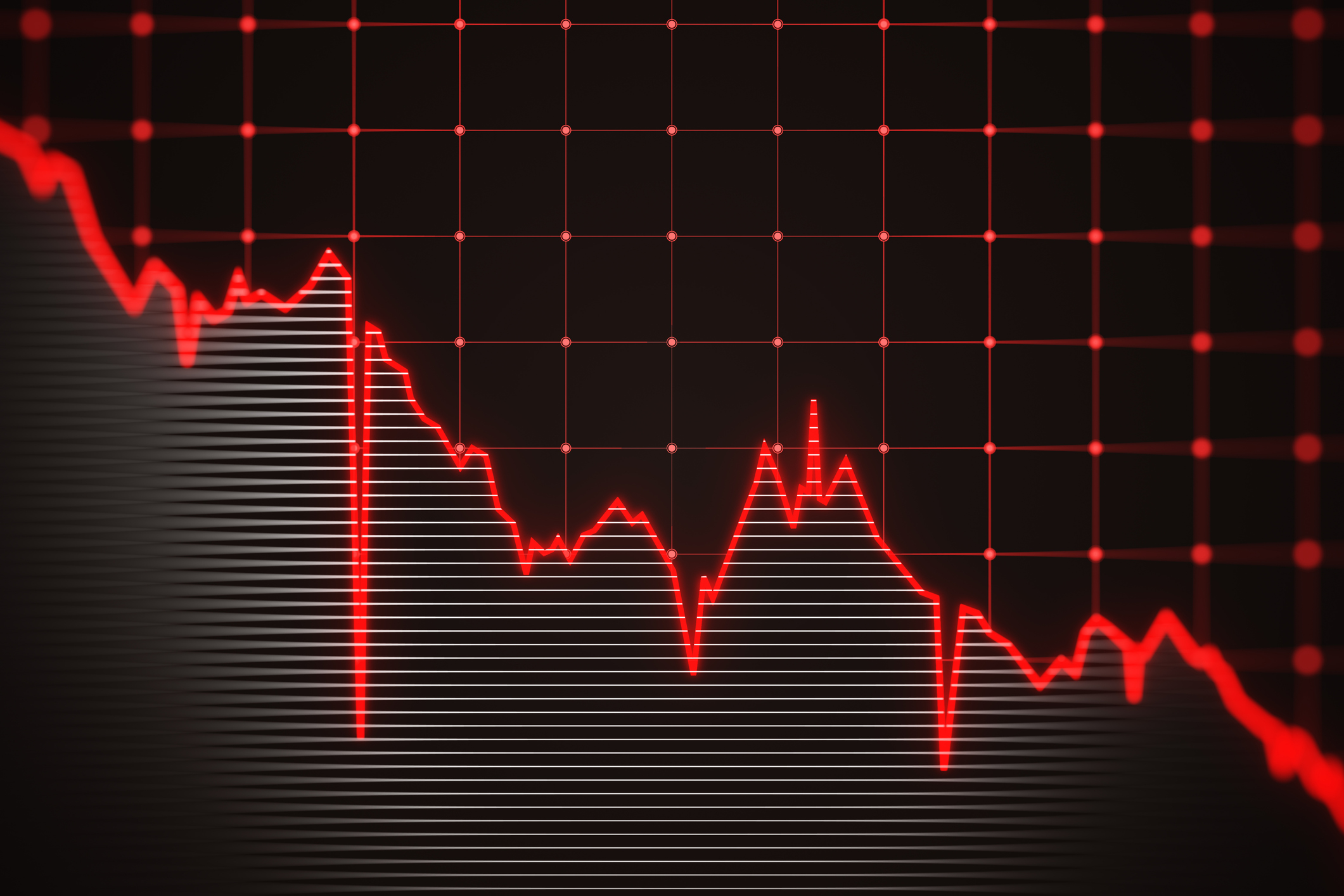Kiplinger Retail Outlook: A Last-Minute Surge
Sales jumped in March, spurred by a gush of motor vehicle purchases before tariffs hit.

Kiplinger’s Economic Outlooks are written by the staff of our weekly Kiplinger Letter and are unavailable elsewhere. Click here for a free issue of The Kiplinger Letter or to subscribe for the latest trends and forecasts from our highly experienced Kiplinger Letter team.
Total retail and food service sales excluding gasoline jumped 1.7% in March, on the back of a 5.3% surge in motor vehicle sales, as consumers tried to beat auto import tariffs that took effect on April 2. Excluding motor vehicles and gasoline, sales rose a still-robust 0.8%, likely due to better weather and perhaps some front-loading of purchases before reciprocal tariffs on most imported goods were announced.
Strong sales growth was seen in building materials, sporting goods and hobbies stores, and at restaurants. The pickup in dining out was a welcome surprise, given weak performance there over the previous four months. E-commerce sales were almost unchanged, maintaining the high level of February’s sales. In-store sales had a good month, rising 0.5% even without the building-materials surge.

Sign up for Kiplinger’s Free E-Newsletters
Profit and prosper with the best of expert advice on investing, taxes, retirement, personal finance and more - straight to your e-mail.
Profit and prosper with the best of expert advice - straight to your e-mail.
Spending on other services excluding dining rose a moderate 0.4% in February (the latest month for which services spending data other than dining are available). Spending on services had been pretty consistent, with 0.5% to 0.6% monthly increases during most of 2024. We expect that services spending will be reported to have improved in March, because of the better weather. These data for other services will be published at the end of April.
Consumer spending growth will likely slow this year, for multiple reasons: Income growth is flattening since hiring is declining; the stock market has reversed course, making some consumers worry more about their finances; and tariffs plus layoffs of federal workers and contract terminations will create ripple effects and economic uncertainty for consumers and businesses alike. Preliminary consumer sentiment for April showed yet another sharp drop, for the third month in a row.
Finally, even if the unemployment rate does not rise much, fears of job losses will likely boost the household savings rate to 6%, from below 4% late last year. More saving means less spending on current consumption: a prudent move for individual consumers during times of uncertainty, but a headwind for the overall economy.
Related content
Get Kiplinger Today newsletter — free
Profit and prosper with the best of Kiplinger's advice on investing, taxes, retirement, personal finance and much more. Delivered daily. Enter your email in the box and click Sign Me Up.

David is both staff economist and reporter for The Kiplinger Letter, overseeing Kiplinger forecasts for the U.S. and world economies. Previously, he was senior principal economist in the Center for Forecasting and Modeling at IHS/GlobalInsight, and an economist in the Chief Economist's Office of the U.S. Department of Commerce. David has co-written weekly reports on economic conditions since 1992, and has forecasted GDP and its components since 1995, beating the Blue Chip Indicators forecasts two-thirds of the time. David is a Certified Business Economist as recognized by the National Association for Business Economics. He has two master's degrees and is ABD in economics from the University of North Carolina at Chapel Hill.
-
 Stock Market Today: Dow Drops 699 Points After Powell Speech
Stock Market Today: Dow Drops 699 Points After Powell SpeechFed Chair Powell warned of a slowing economy and higher inflation but said the central bank isn't ready to cut rates just yet.
By Karee Venema
-
 Here’s How the Harvard Trump Tax Threat Could Impact You
Here’s How the Harvard Trump Tax Threat Could Impact YouTax Law Trump's latest showdown raises fundamental questions that could reach beyond nonprofit tax status.
By Kelley R. Taylor
-
 The AI Doctor Coming to Read Your Test Results
The AI Doctor Coming to Read Your Test ResultsThe Kiplinger Letter There’s big opportunity for AI tools that analyze CAT scans, MRIs and other medical images. But there are also big challenges that human clinicians and tech companies will have to overcome.
By John Miley
-
 The New Space Age Takes Off
The New Space Age Takes OffThe Kiplinger Letter From fast broadband to SOS texting, space has never been more embedded in peoples’ lives. The future is even more exciting for rockets, satellites and emerging space tech.
By John Miley
-
 Rising AI Demand Stokes Undersea Investments
Rising AI Demand Stokes Undersea InvestmentsThe Kiplinger Letter As demand soars for AI, there’s a need to transport huge amounts of data across oceans. Tech giants have big plans for new submarine cables, including the longest ever.
By John Miley
-
 What DOGE is Doing Now
What DOGE is Doing NowThe Kiplinger Letter As Musk's DOGE pursues its ambitious agenda, uncertainty and legal challenges are mounting — causing frustration for Trump.
By Matthew Housiaux
-
 A Move Away From Free Trade
A Move Away From Free TradeThe Letter President Trump says long-term gain will be worth short-term pain, but the pain could be significant this year.
By David Payne
-
 The Explosion of New AI Tools
The Explosion of New AI ToolsThe Kiplinger Letter Workers and consumers soon won’t be able to escape generative AI. Does that mean societal disruption and productivity gains are right around the corner?
By John Miley
-
 Trump’s Whirlwind Month of Crypto Moves
Trump’s Whirlwind Month of Crypto MovesThe Kiplinger Letter The Trump administration wants to strengthen U.S. leadership in the cryptocurrency industry by providing regulatory clarity.
By Rodrigo Sermeño
-
 Excitement Over AI Propels IT Spending
Excitement Over AI Propels IT SpendingThe Kiplinger Letter IT sales set to surge in 2025 as businesses rush to adopt generative AI.
By John Miley